Home>Articles>What Does It Mean When The Smoke Detector Beeps 3 Times
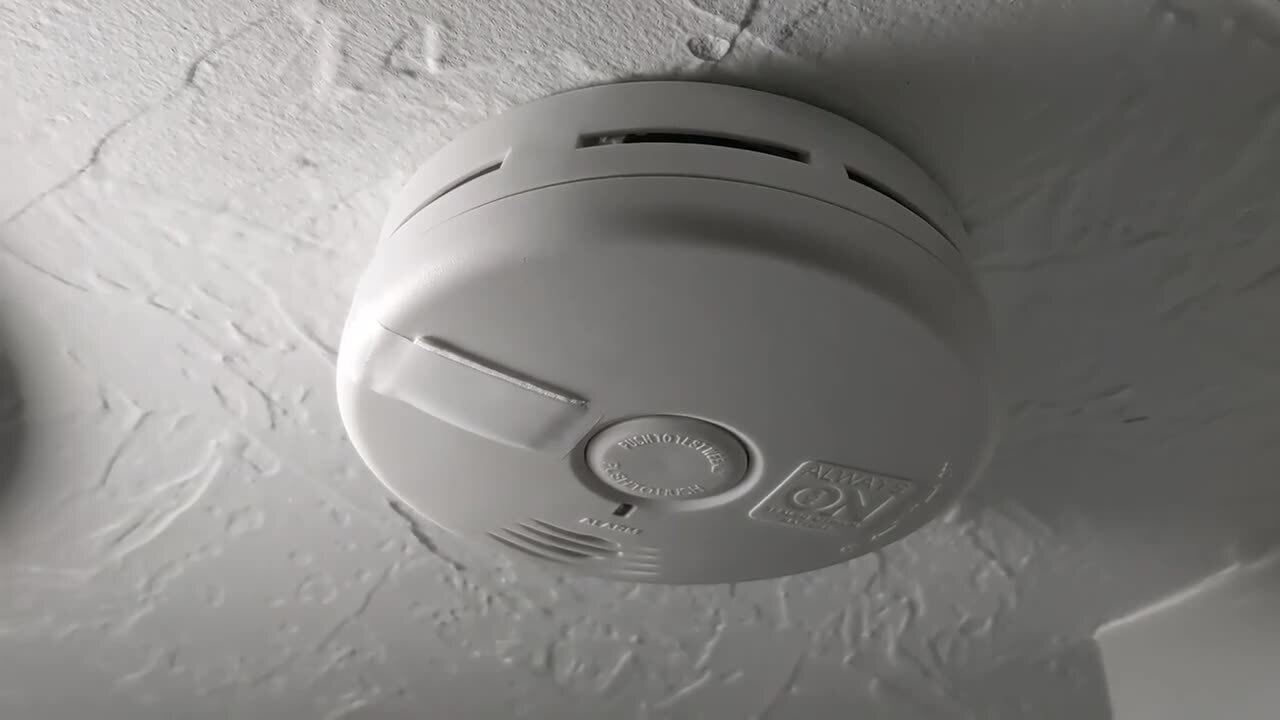

Articles
What Does It Mean When The Smoke Detector Beeps 3 Times
Modified: January 5, 2024
Discover what it means when your smoke detector beeps 3 times. Read our informative articles to find out the possible reasons and how to address them.
(Many of the links in this article redirect to a specific reviewed product. Your purchase of these products through affiliate links helps to generate commission for Storables.com, at no extra cost. Learn more)
Introduction
Welcome to our comprehensive guide on understanding the meaning behind the beeping sounds emitted by smoke detectors. Smoke detectors are essential safety devices that notify us in case of a potential fire hazard and are commonly found in homes, offices, and public buildings. While it’s important to have a functional smoke detector, it can be frustrating and concerning when it starts beeping without any apparent reason.
In this article, we will focus specifically on the smoke detector beep pattern of three beeps and what it may indicate. We will explore the various possible causes of this beep pattern and provide troubleshooting tips to help resolve the issue. By understanding the reasons behind the three beeps, you’ll be better equipped to address the problem and ensure the safety of your surroundings.
Key Takeaways:
- Understanding the three-beep pattern of a smoke detector is crucial for addressing potential issues such as low battery, sensor malfunction, or power interruptions. Regular maintenance and troubleshooting ensure a reliable safety device.
- Troubleshooting the three-beep pattern involves steps like replacing the battery, cleaning the detector, and checking for power supply issues. Prompt attention to these issues ensures the safety of your surroundings and loved ones.
Understanding Smoke Detectors
Before we delve into the specifics of the three-beep pattern, let’s start by familiarizing ourselves with the basics of smoke detectors. A smoke detector, also known as a smoke alarm, is a device designed to detect the presence of smoke and alert occupants of a potential fire. It consists of two main components: a sensor and an alarm system.
The sensor in a smoke detector is typically a photoelectric or ionization sensor. The photoelectric sensor uses a light source and a light receptor to detect smoke particles, while the ionization sensor uses a small amount of radioactive material to ionize the air and detect smoke particles via electrical conductivity. Both types of sensors are highly effective at detecting the presence of smoke.
When smoke is detected by the sensor, it triggers the alarm system, which produces a loud beep or alarm sound to alert occupants of the potential danger. Smoke detectors are typically powered by batteries or direct electrical connections, with most modern models also including a backup battery in case of power failures.
Smoke detectors are usually installed in key areas of a building, such as bedrooms, hallways, and common areas. It’s important to install smoke detectors on every floor of your home or building to ensure maximum coverage and early detection of potential fires.
Now that we have a general understanding of smoke detectors, let’s move on to explore the different beep patterns they may emit and what they could mean.
Common Smoke Detector Beep Patterns
Smoke detectors use different beep patterns to communicate different messages to users. Understanding these beep patterns can help you identify potential issues with your smoke detector and take appropriate action. Here are some common beep patterns you might encounter:
- Single Beep: A single beep every few minutes indicates that the battery is low and needs to be replaced. It’s important to replace the battery as soon as possible to ensure the smoke detector remains operational.
- Continuous Beep: A continuous beep without intervals indicates that the smoke detector has detected smoke or a potential fire. In this case, you should evacuate the premises immediately and contact the appropriate emergency services.
- Rapid Beeping: A rapid beeping sound typically indicates a false alarm caused by smoke from cooking, steam, or high humidity levels. Ventilate the area and ensure the smoke detector is clear of any obstructions.
While these are the most common beep patterns, it’s important to note that different smoke detector models may have variations in beep patterns. Therefore, it’s always a good idea to consult the user manual or contact the manufacturer for specific information about your smoke detector’s beep patterns.
Now let’s focus on the three-beep pattern, its potential causes, and how to troubleshoot it.
Beep Pattern: Three Beeps
The three-beep pattern is one of the beep patterns you may encounter with your smoke detector. This pattern consists of three consecutive beeps with a short pause between each beep. Understanding what this pattern signifies is crucial in order to address the issue effectively.
Typically, the three-beep pattern indicates a problem with the smoke detector itself or an issue that requires attention. Here are some possible causes of the three-beep pattern:
- Malfunctioning Sensor: A malfunctioning sensor can trigger the three-beep pattern. The sensor may be dirty, damaged, or simply worn out due to age. In this case, cleaning or replacing the sensor may resolve the issue.
- Low Battery: The three-beep pattern can also indicate a low battery. Even if the battery does not need immediate replacement, a low battery can cause the smoke detector to beep intermittently to remind you to replace it soon. Replace the battery to stop the three-beep pattern.
- Smoke Build-Up: Excessive smoke or dust build-up in the smoke detector can also trigger the three-beep pattern. It’s important to regularly clean the smoke detector, especially the sensor, to prevent false alarms.
- Power Interruption: Power interruptions can cause the smoke detector to emit the three-beep pattern as a notification. It serves as an indicator that the power supply has been disrupted and the detector is operating on battery power.
Now that we have identified some possible causes of the three-beep pattern, let’s move on to troubleshooting steps to resolve the issue.
Check the manufacturer’s instructions for the specific meaning of 3 beeps. It could indicate low battery, smoke detection, or a malfunction. If unsure, replace the batteries and test the detector.
Possible Causes of Three Beeps
When your smoke detector emits a three-beep pattern, there could be several potential causes. Identifying the underlying issue is crucial to ensure the proper functioning of your smoke detector and maintain a safe environment. Here are some possible causes to consider:
- Low Battery Voltage: One of the most common causes of the three-beep pattern is a low battery. If the voltage of the battery powering your smoke detector drops below a certain threshold, the detector will produce the three-beep pattern to signal the need for a battery replacement.
- Expired Battery: Over time, batteries lose their efficiency and capacity. If your smoke detector is equipped with an expired or old battery, it may trigger the three-beep pattern. It’s important to regularly check and replace the battery to ensure optimal performance.
- Interference: Interference from other electrical devices can cause false alarms, including the three-beep pattern. Microwaves, baby monitors, or other devices emitting strong electromagnetic waves near your smoke detector can disrupt its normal operation. Keep such devices away from the detector to prevent interference.
- Malfunctioning Sensor: If the sensor in your smoke detector is dirty, damaged, or faulty, it may cause the three-beep pattern. Smoke detectors rely on sensors to detect smoke particles, so any issues with the sensor can lead to false alarms and trigger the beeping sound. Cleaning or replacing the sensor can often resolve this problem.
- Power Supply Issues: Problems with the power supply can also cause the three-beep pattern. Electrical issues, such as loose wiring or power surges, can disrupt the smoke detector’s functioning. Check the power connections and ensure that the detector is receiving a stable power supply.
It’s important to note that while these are some common causes of the three-beep pattern, different smoke detector models may have specific reasons for this particular beep pattern. Therefore, consulting your smoke detector’s user manual or contacting the manufacturer can provide more accurate guidance for troubleshooting.
Now that we have explored the potential causes, let’s move on to troubleshooting steps to address the three-beep pattern.
Read more: What Do 5 Beeps On A Smoke Detector Mean?
Troubleshooting Three Beeps
If your smoke detector continues to emit the three-beep pattern, there are several troubleshooting steps you can take to resolve the issue. Follow these steps to ensure the proper functioning of your smoke detector:
- Replace the Battery: Start by replacing the battery with a fresh one, even if it doesn’t appear to be completely drained. A weak battery can still trigger the three-beep pattern. Make sure to use the appropriate type of battery recommended by the manufacturer.
- Clean the Detector: Dust, dirt, or debris on the smoke detector can interfere with its functionality and cause false alarms. Carefully remove the smoke detector from its mounting bracket and gently clean it using a soft brush or a vacuum cleaner. Pay special attention to the sensor area and vents to ensure proper airflow.
- Check the Sensor: If cleaning the smoke detector doesn’t resolve the issue, inspect the sensor for any visible damage or contamination. If you notice any issues, you may need to replace the sensor according to the manufacturer’s instructions.
- Reset the Smoke Detector: Some smoke detectors have a reset button that can be pressed to restore them to their default settings. Consult the user manual to locate the reset button and follow the instructions to reset the detector.
- Check for Power Supply Issues: Ensure that the smoke detector has a stable power supply. Check the wiring connections to make sure they are secure and free from damage. If your smoke detector is hardwired, consider contacting an electrician to inspect the electrical system in your home.
- Inspect for Interference: Look for any devices that may be interfering with the smoke detector’s operation. Move them away from the detector and observe if the three-beep pattern persists.
If your troubleshooting attempts do not resolve the issue and the three-beep pattern continues, it may be time to consider replacing the smoke detector. Smoke detectors have a limited lifespan and should be replaced every 10 years or according to the manufacturer’s recommendations.
Remember, the safety of you and your loved ones is paramount, so it’s essential to have a properly functioning smoke detector in your home or workplace. Regular maintenance and prompt attention to issues like the three-beep pattern will help ensure that your smoke detector is reliable and capable of detecting any potential fire hazards.
Now that you’re armed with the knowledge to troubleshoot the three-beep pattern, you can take the necessary steps to resolve the issue and maintain the safety of your surroundings.
Conclusion
Smoke detectors play a vital role in protecting us from potential fire hazards by alerting us to the presence of smoke and potential fires. Understanding the meaning behind the beep patterns emitted by smoke detectors is crucial in ensuring their proper functioning and maintaining a safe environment.
In this comprehensive guide, we focused specifically on the three-beep pattern and explored its possible causes and troubleshooting steps. We learned that the three-beep pattern may indicate issues such as a low battery, a malfunctioning sensor, smoke build-up, or power interruptions.
To troubleshoot the three-beep pattern, we recommend starting by replacing the battery with a fresh one and cleaning the smoke detector to remove any dust or debris. If the issue persists, further steps such as checking the sensor, resetting the detector, and inspecting for power supply issues may be necessary. It’s important to consult the user manual or contact the manufacturer for specific guidance related to your smoke detector model.
Remember that smoke detectors require regular maintenance, including battery replacements and cleaning, to ensure their optimal performance. Additionally, it’s crucial to test your smoke detectors regularly to ensure they are working properly.
By promptly addressing the three-beep pattern and maintaining a well-functioning smoke detector, you are taking important steps to safeguard yourself, your loved ones, and your property from potential fire hazards.
Stay vigilant, stay prepared, and prioritize the safety of your surroundings by being proactive in maintaining your smoke detectors. With a well-functioning smoke detector in place, you can have peace of mind knowing that you are taking important steps towards fire safety.
Frequently Asked Questions about What Does It Mean When The Smoke Detector Beeps 3 Times
Was this page helpful?
At Storables.com, we guarantee accurate and reliable information. Our content, validated by Expert Board Contributors, is crafted following stringent Editorial Policies. We're committed to providing you with well-researched, expert-backed insights for all your informational needs.
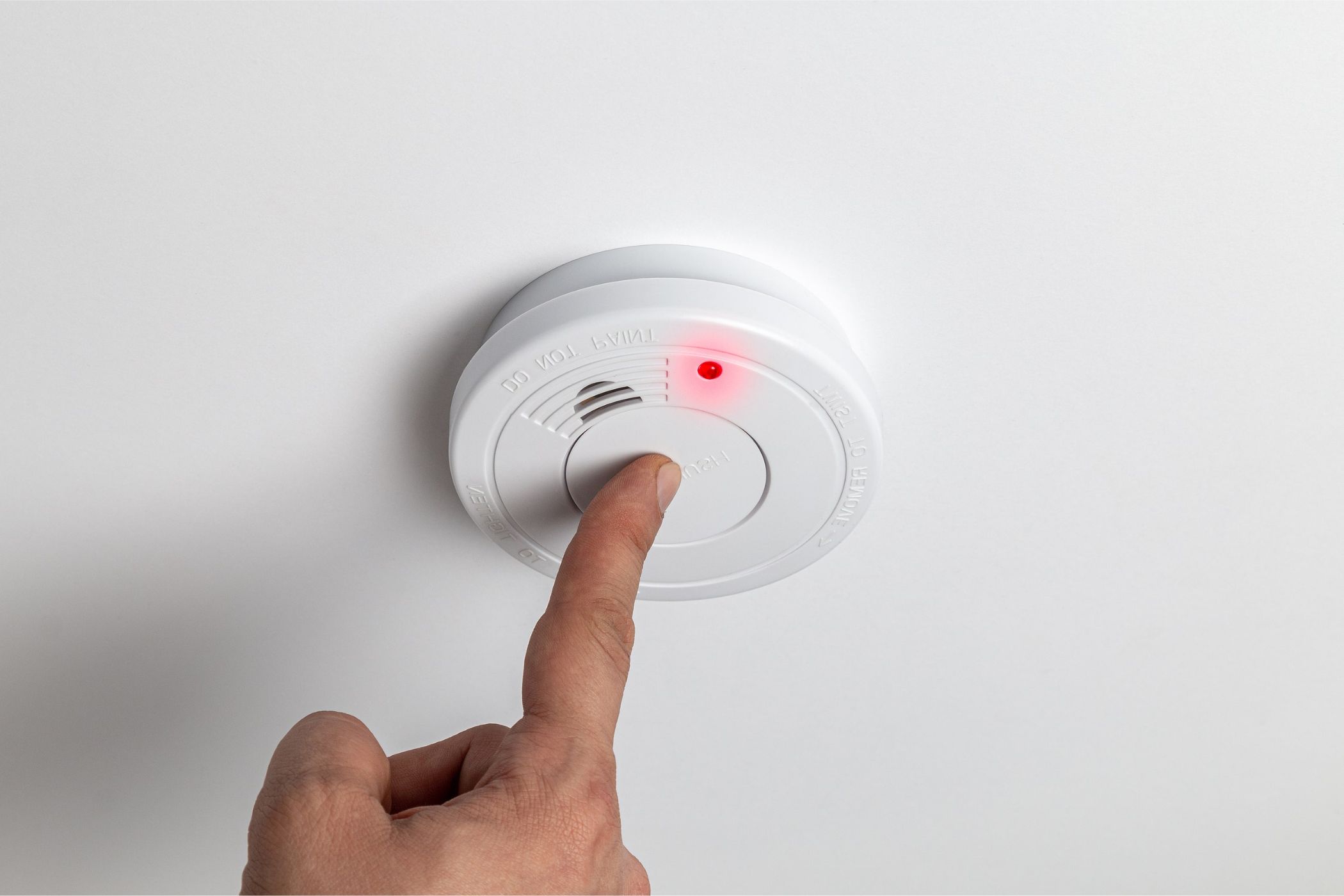
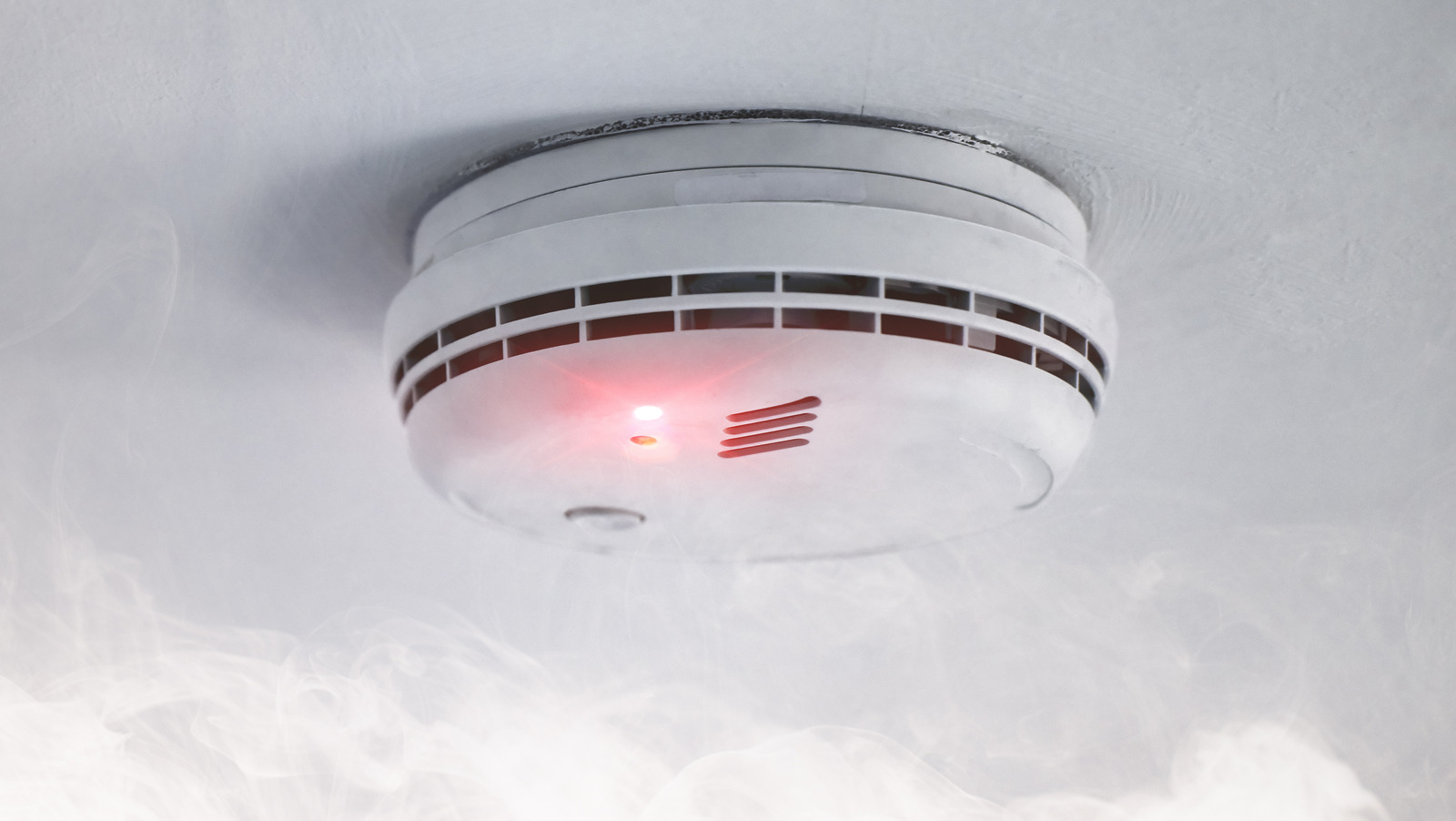
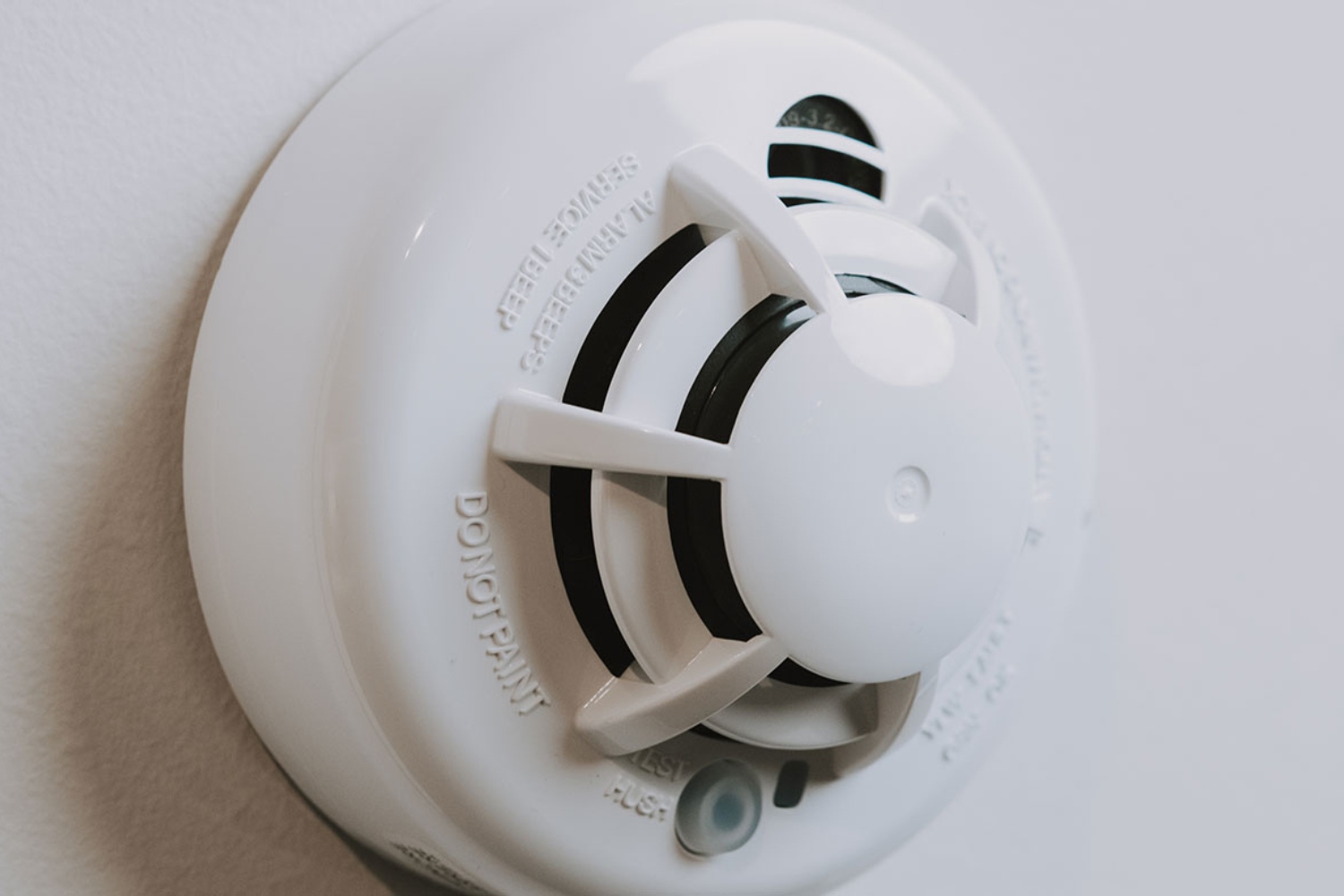
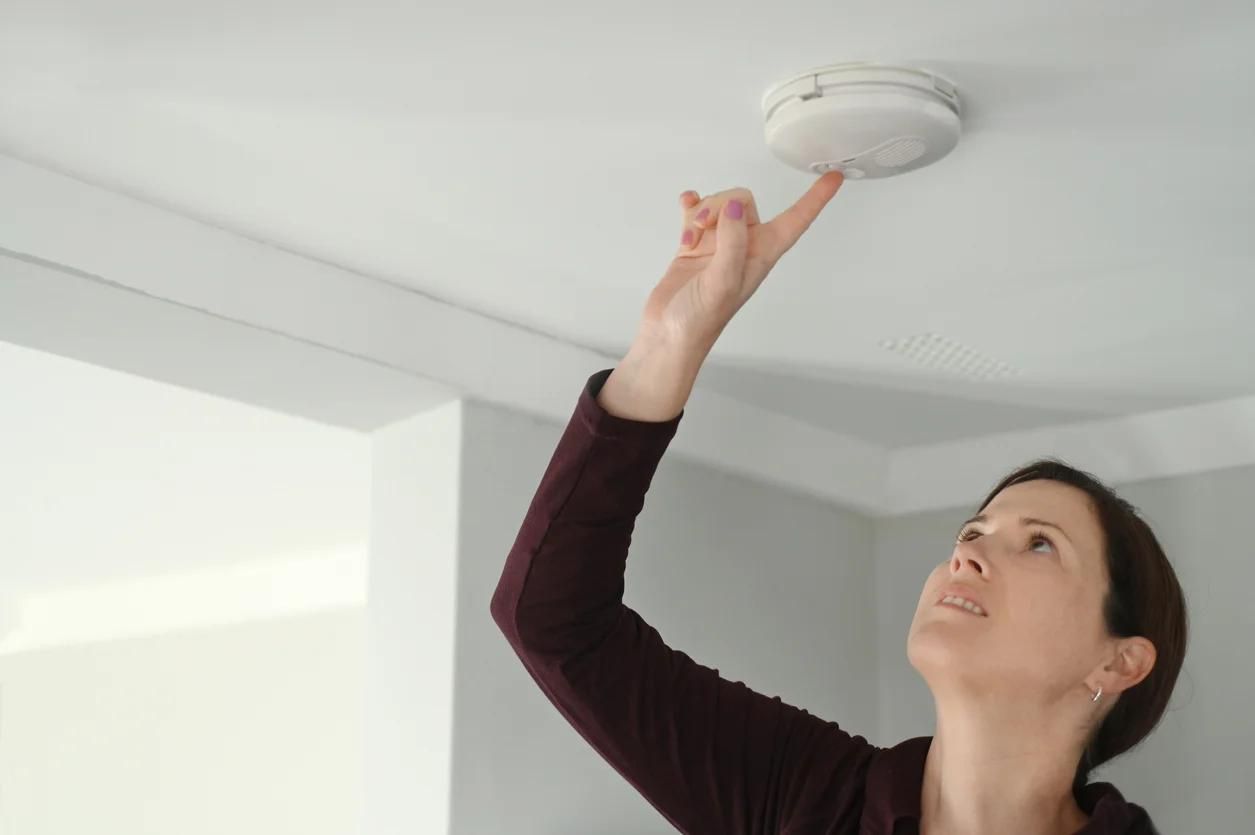
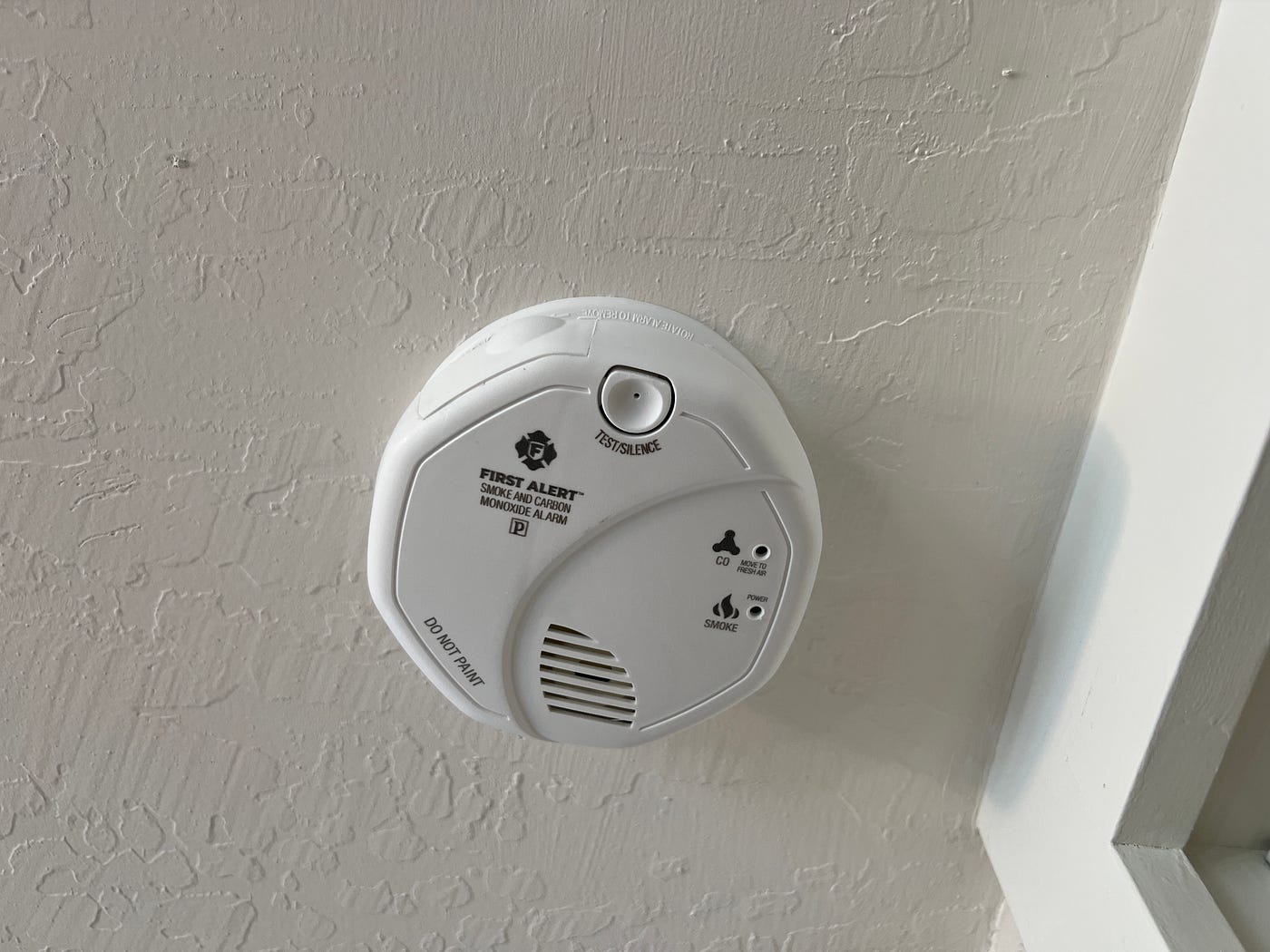
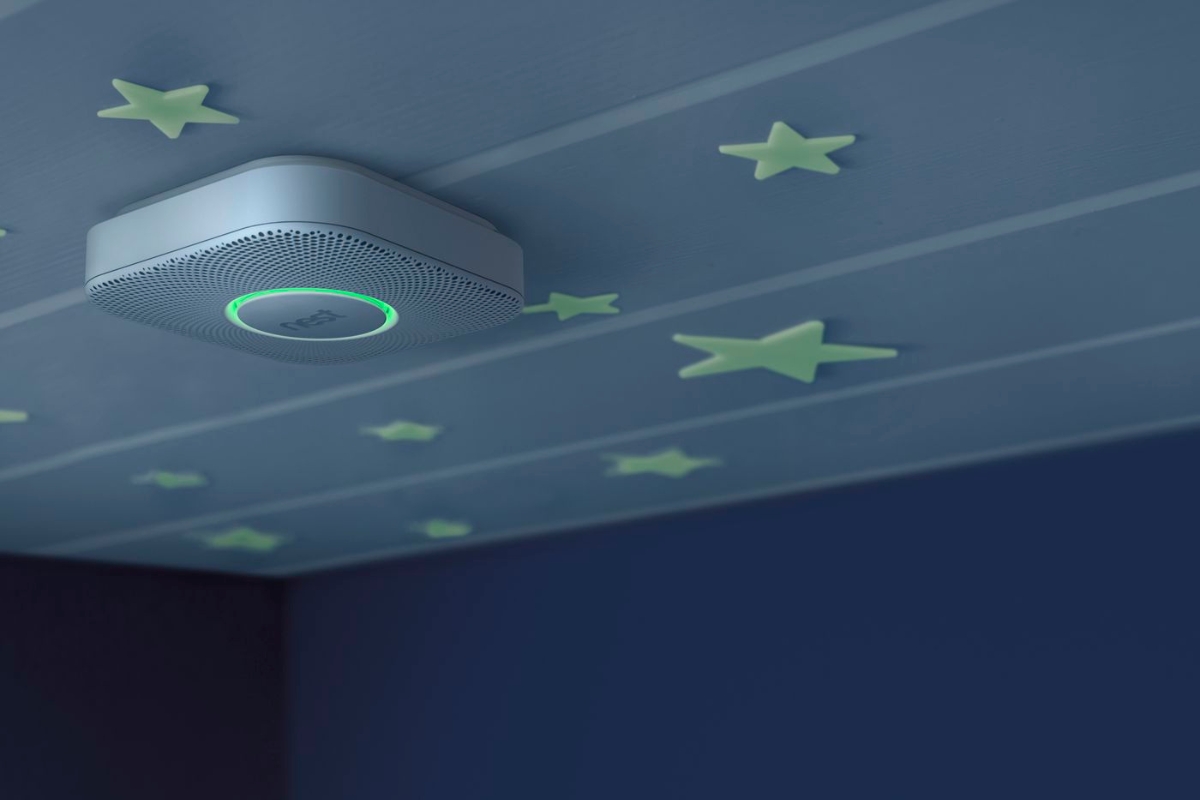
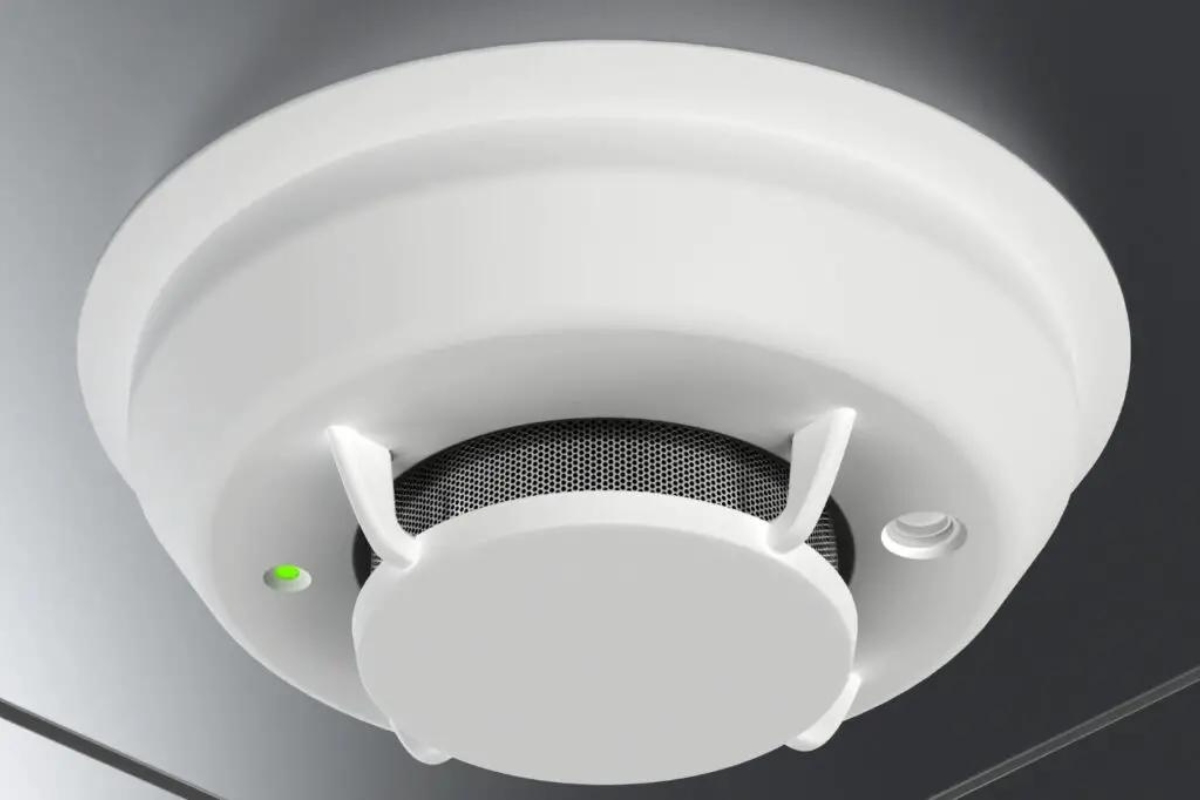
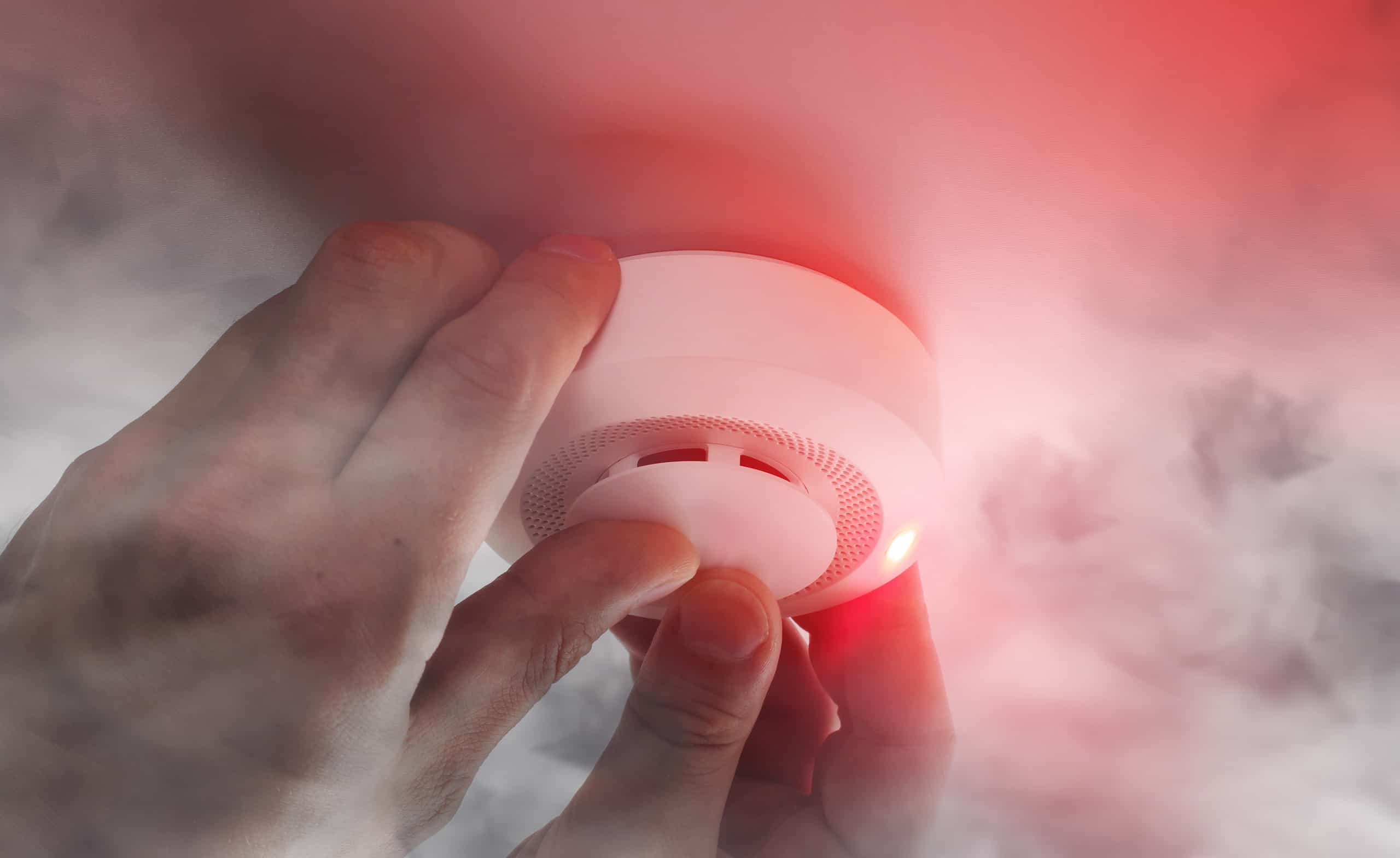
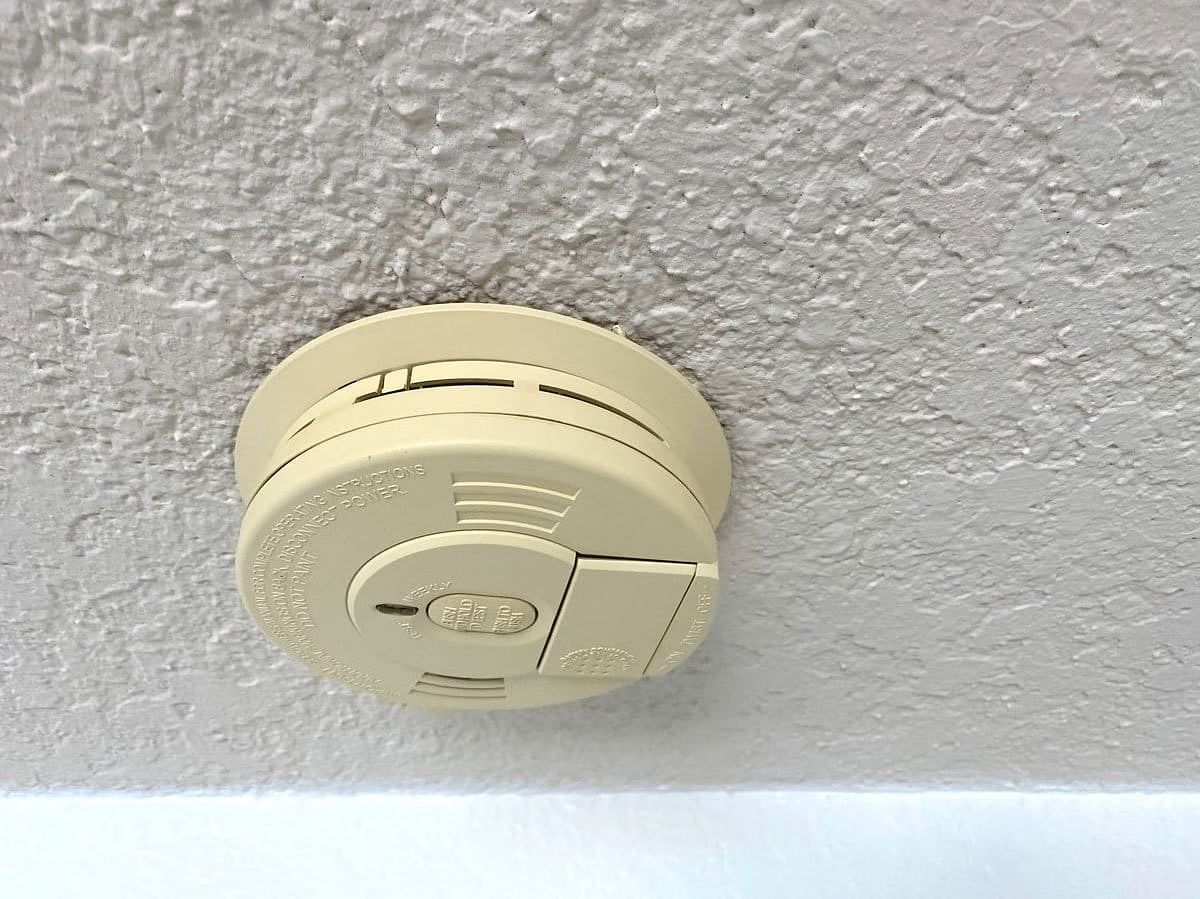
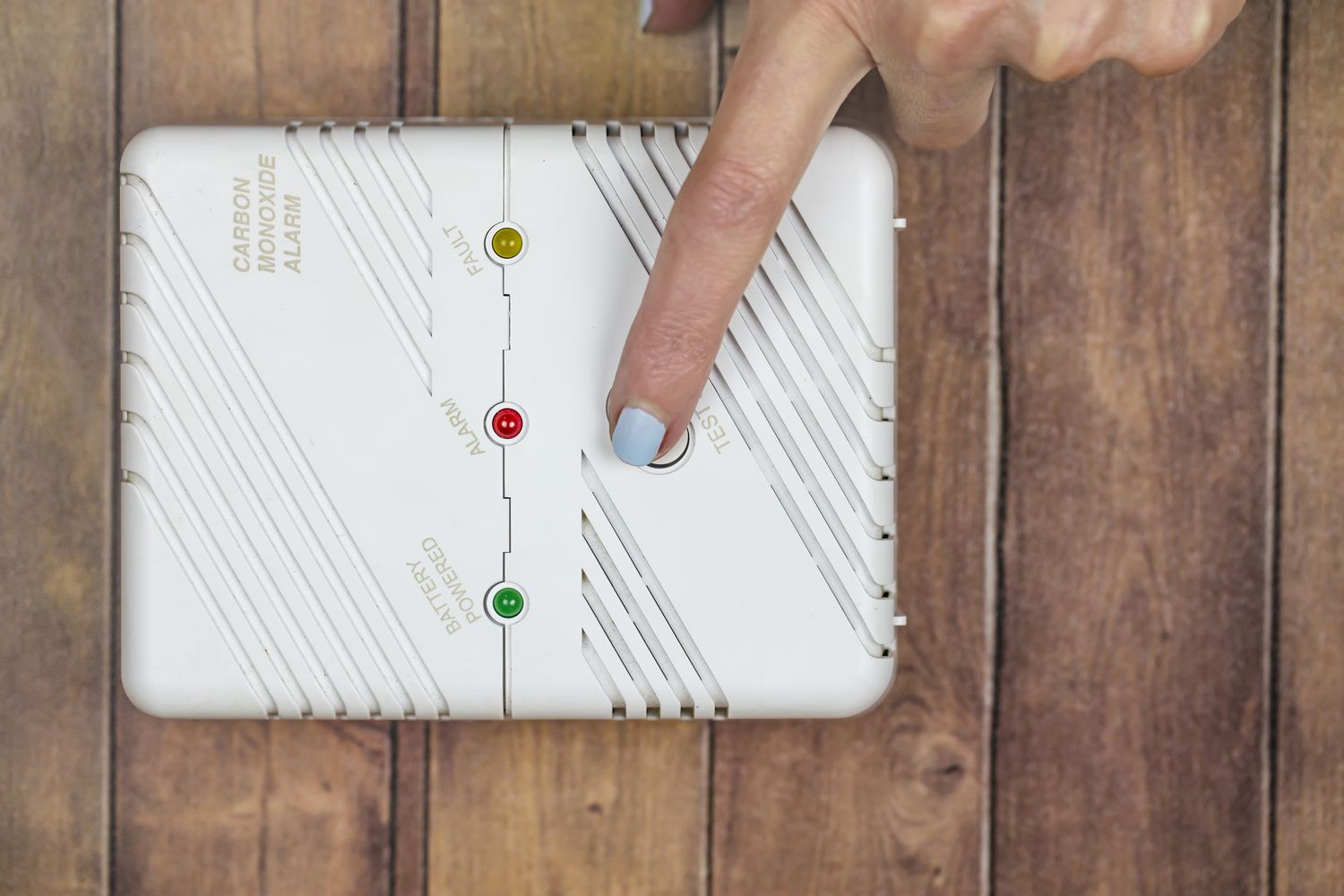
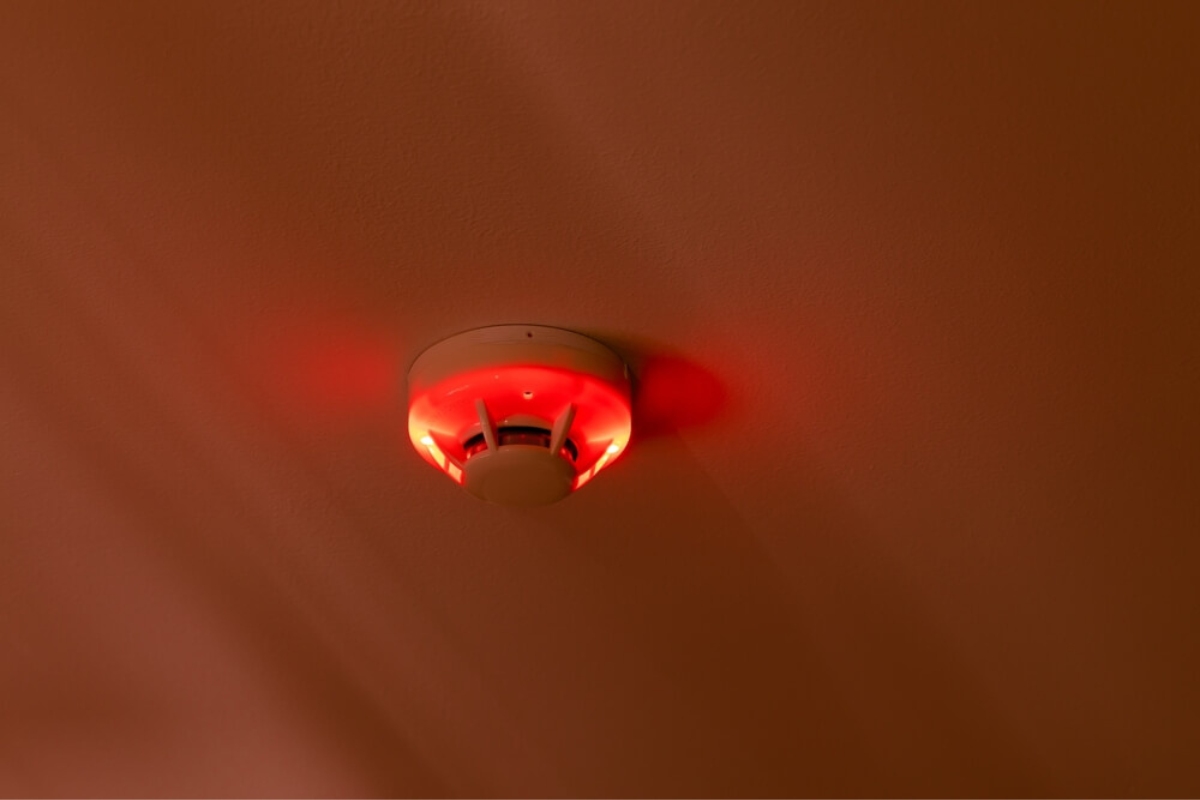
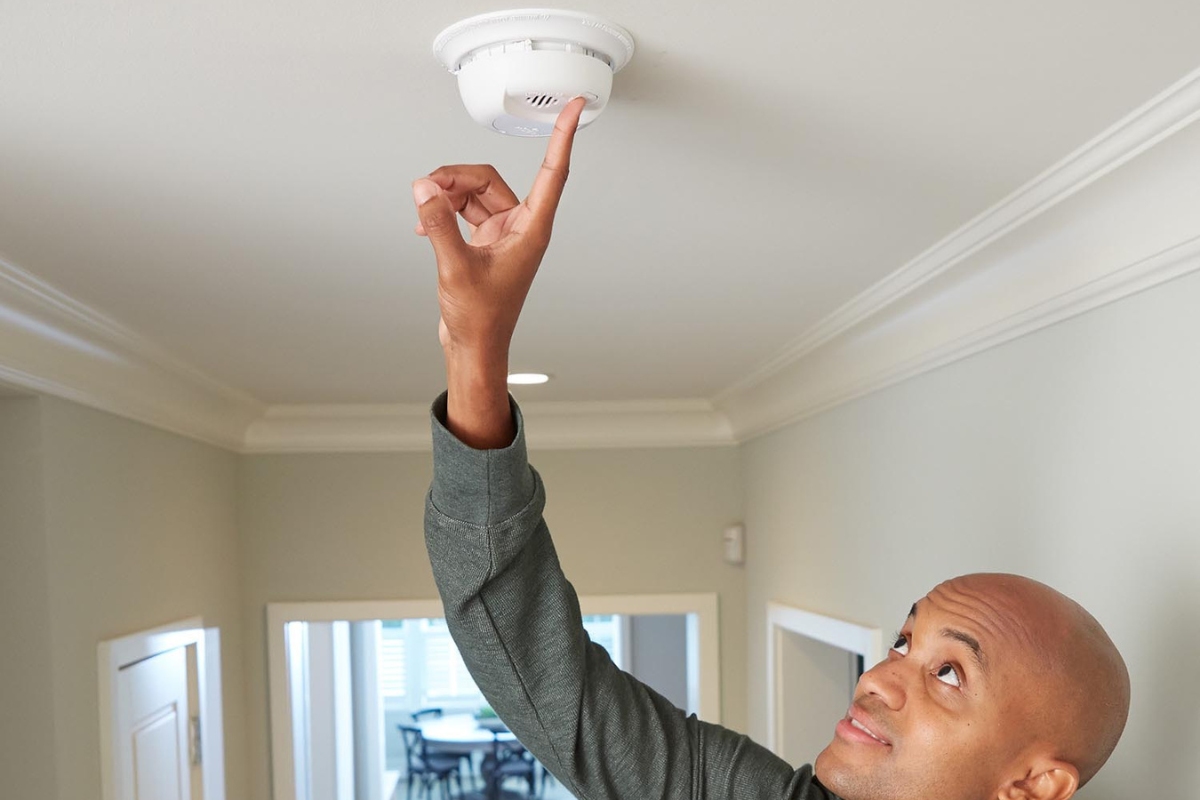

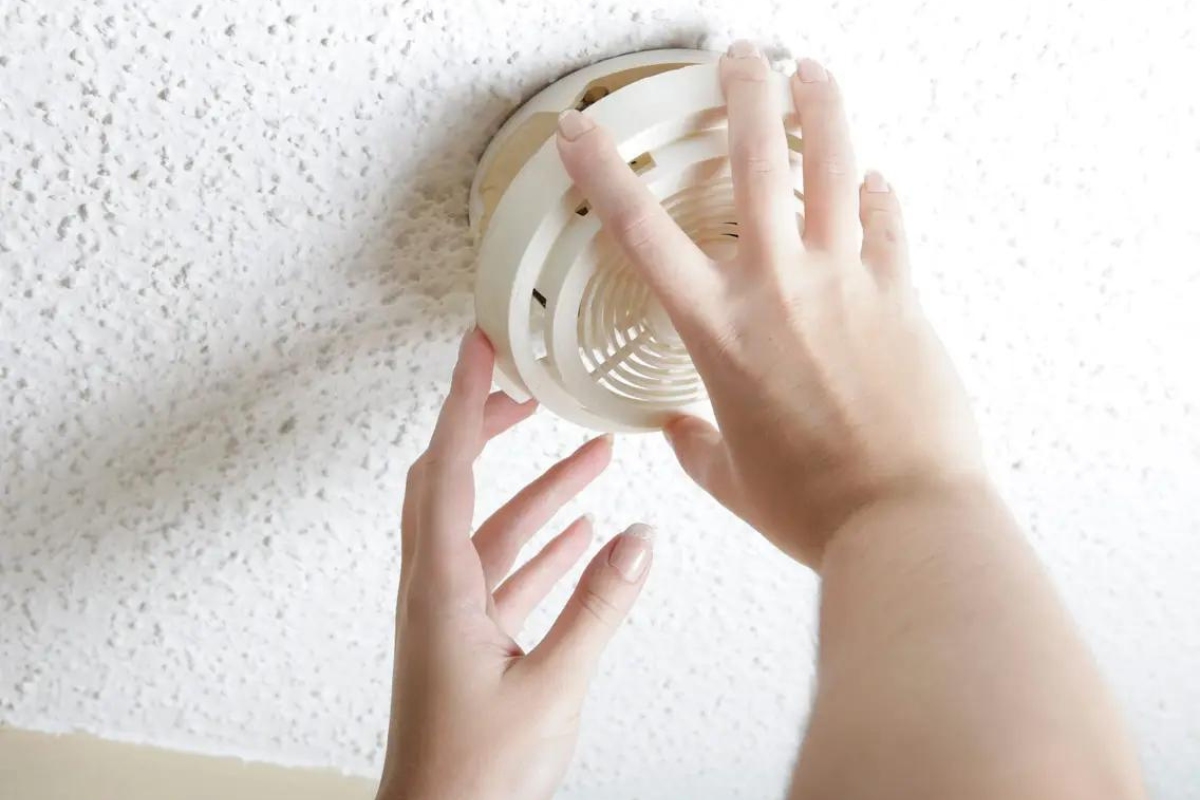

0 thoughts on “What Does It Mean When The Smoke Detector Beeps 3 Times”